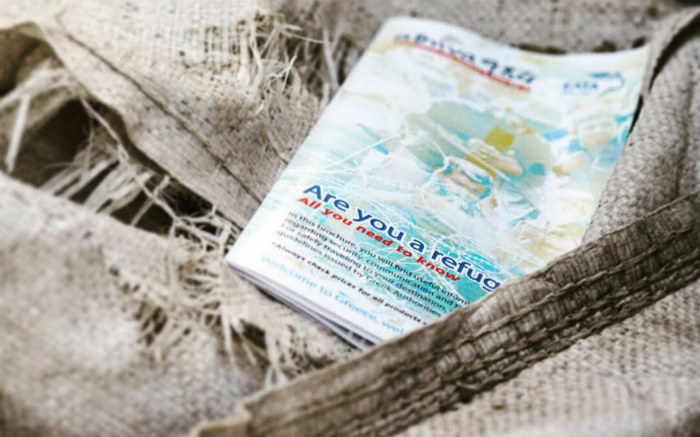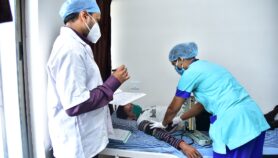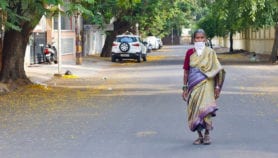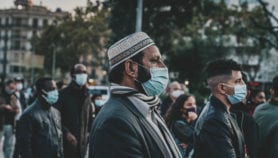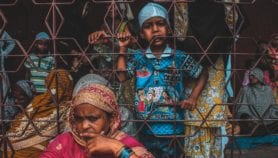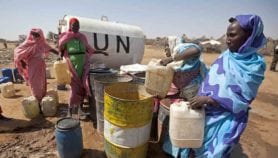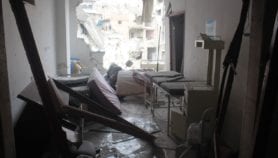By: Imogen Mathers
Send to a friend
The details you provide on this page will not be used to send unsolicited email, and will not be sold to a 3rd party. See privacy policy.
The demolition of the Calais ‘Jungle’ refugee camp in northern France has caused outrage and consternation. It has also added fresh evidence of a problem that gets little media or government attention: a lack of translation and information services for refugees.
A study by a group of French charities says poor asylum information and translation services were the main trigger for refugees rejecting accommodation centres elsewhere in France, while Amnesty International reports information on asylum is massively inadequate.
Translation services are neglected in the European refugee crisis — and humanitarian response more generally — and, even with new translation apps, efforts to tackle this remain piecemeal and translators scarce.
I spoke to Rebecca Petras, deputy director of Translators Without Borders, about how to address this.
In the European refugee crisis, “the misinformation is just unbelievable, and language is at the centre of that”, Petras says. “There are misunderstandings as to when smugglers are involved, when not.” And confusion breeds fear, distrust, panic and vulnerability.
Two years ago, the organisation set up the crisis translation project Words of Relief, prompted by the communication breakdown between aid workers and affected people after the Haiti earthquake of 2010 and the 2011 tsunami in Japan. Since then, it has been analysing how information flows between citizens and aid workers, and what kind of information both need. And it has designed translation tools to help this two-way communication process.
Petras tells me the team examined what would work in different crises, from droughts to epidemics to terrorist attacks. They first tested the tools in Kenya, a precarious home to half a million Somali refugees, most of whom live in the Dadaab camp and don’t speak Swahili. The team developed emergency data apps and translation tools — “simple messages, public service announcements, audio” — and trained online translation engines to recognise Somali, Swahili and other Kenyan languages.
Since then, they’ve used the tools during the Ebola outbreak and the European refugee crisis.
The format, style and platform vary according to context, culture, terrain and population dynamics. “Drought in Kenya requires more radio,” Petras says. “In camps in Tanzania, megaphones and written information [are used].” Where literacy is poor they prefer images, video and radio.
The European refugee crisis has been a complex test. Here refugees and aid agencies contend not just with language barriers, but also with criminal networks that confuse and manipulate refugees. Words of Relief worked with aid organisations to broadcast audio and visual messages in Arabic, Dari, Farsi and Pashto at registration centres and on buses.The information is adjusted for the “very different needs” of different groups. Arabic speakers make up 70 per cent of refugees entering Europe; and while there is often an English speaker to be found among Syrians, among Afghans the level of English is much poorer. Female refugees, for whom literacy tends to be lower, also require different information types.
Europe’s austere visa rules don’t help: few local people in Greece speak Dari, Farsi or Pashto, and it’s difficult to get visas for translators from the Middle East and Afghanistan.
Imogen Mathers is producer/assistant editor at SciDev.Net. @imogenmathers


